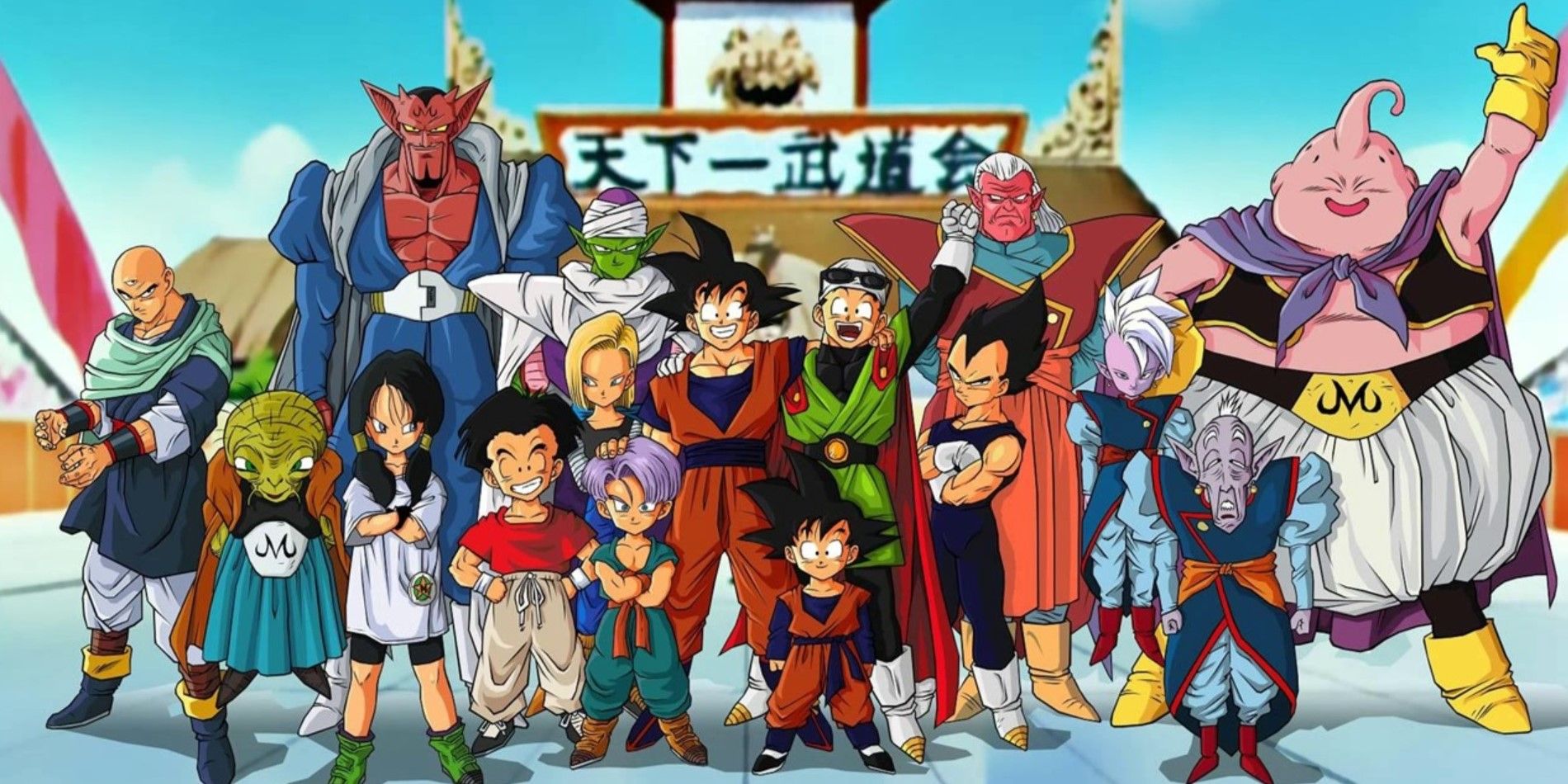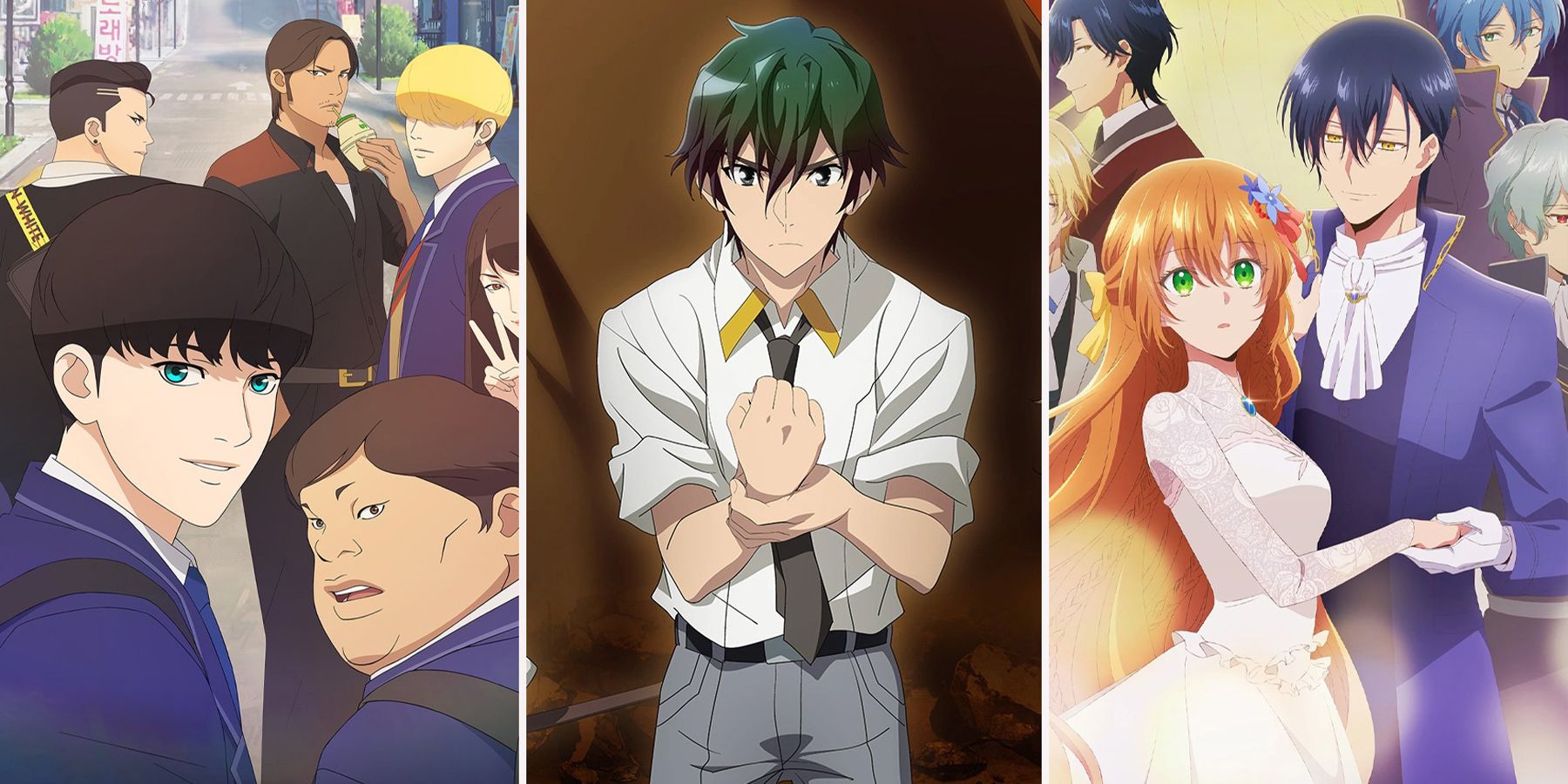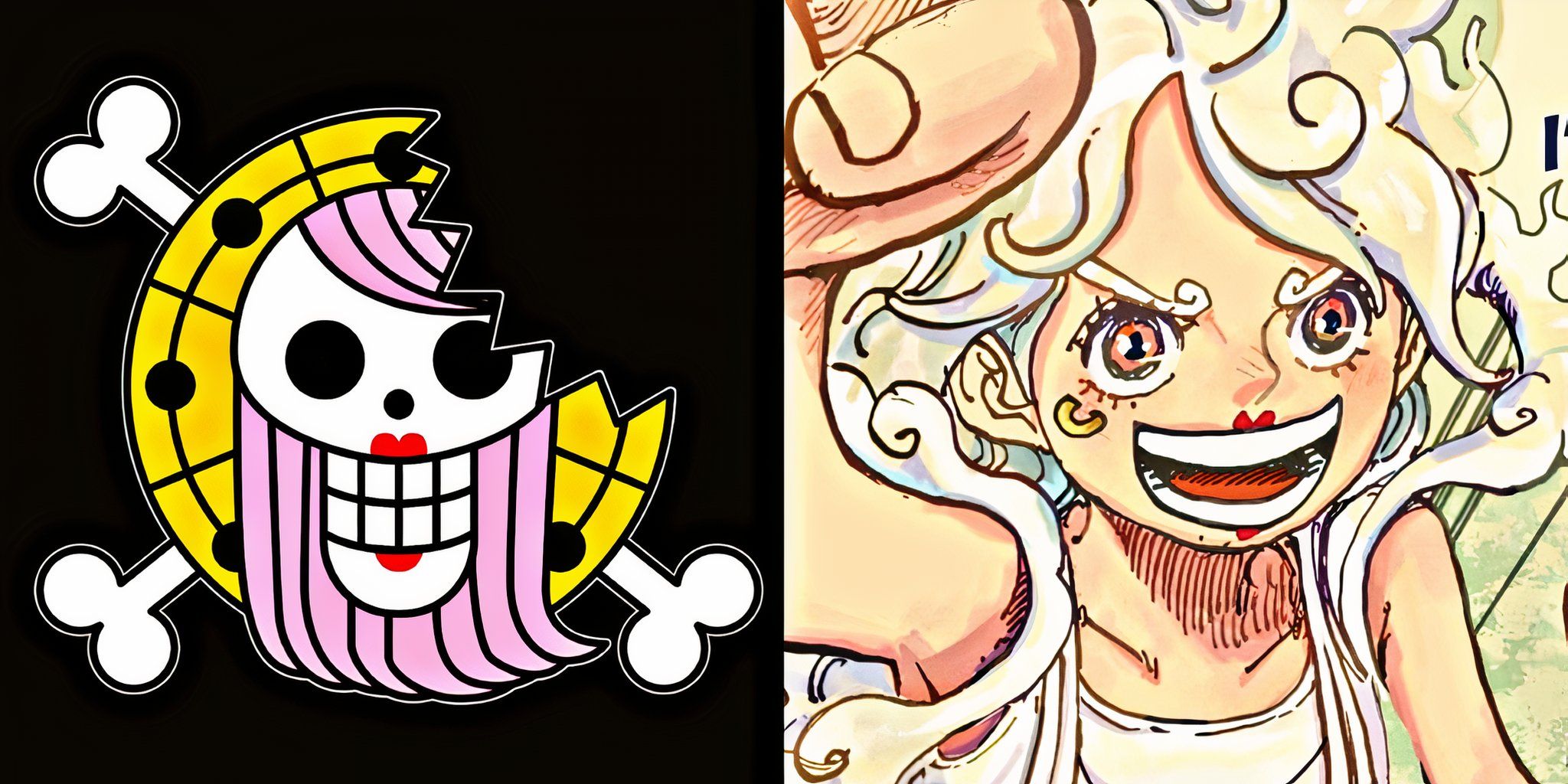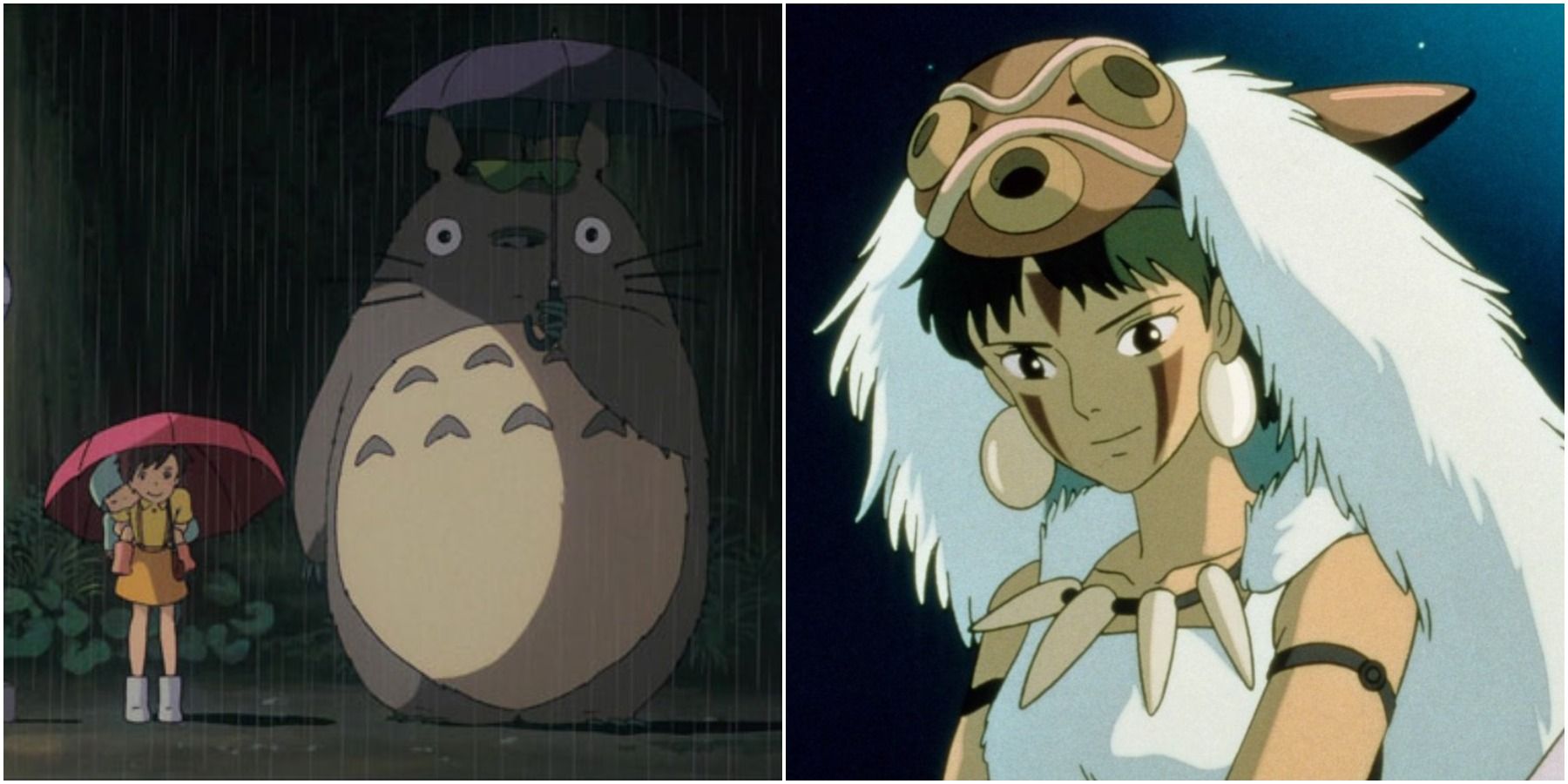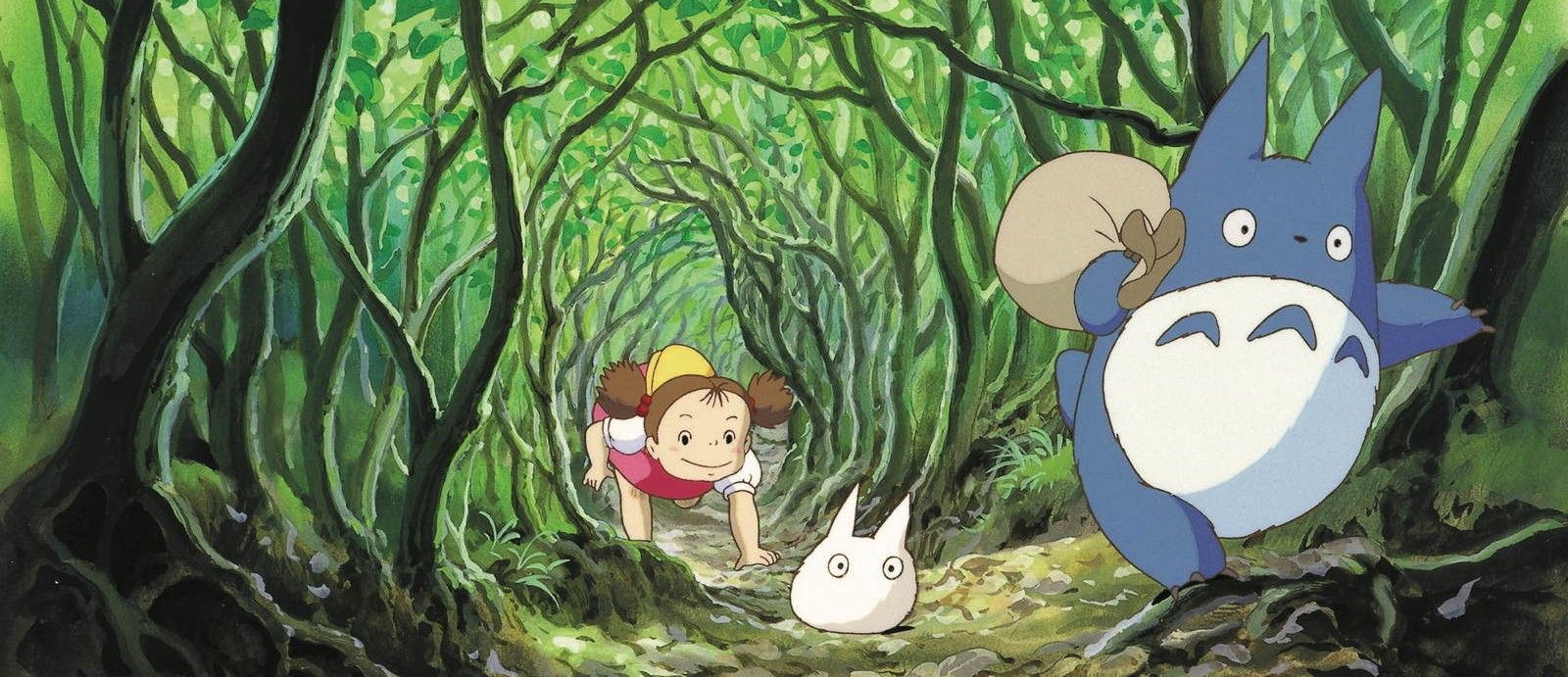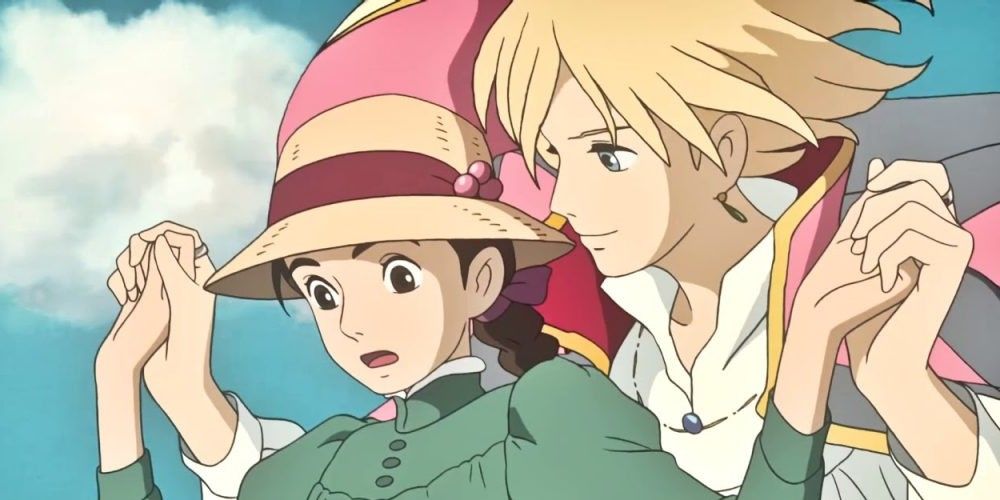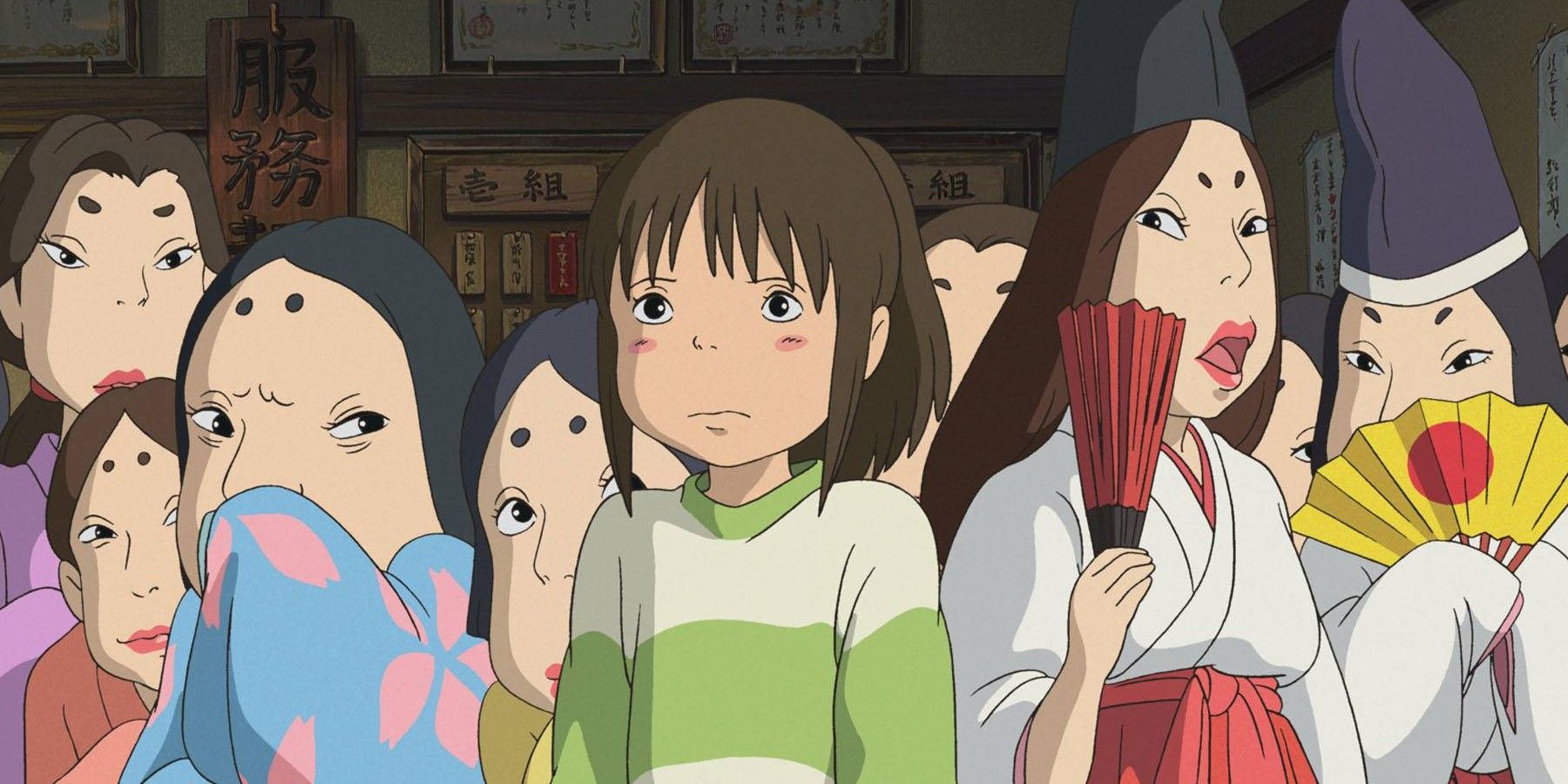Founded in 1985, Studio Ghibli has released 21 movies in its 36-year lifespan, each with vastly praised stories, characters, settings, and animation. Their films are diverse, ranging from sober stories of World War 2 like Grave of the Fireflies to fantastical stories with magical beings such as Spirited Away. The studio is far different from Disney, and, arguably, tells stories that are even more relevant and to the real world. In fact, it is likely that Studio Ghibli movies will always be relevant due to the themes they all tackle such as the dire consequences of war and the importance of environmentalism.
Co-founder of Studio Ghibli, Hayao Miyazaki, is critical of modern technology, capitalism, and globalization and his works show this. The magic of most of the films is in the natural, the community rather than the self, and in household labor that is usually treated as unskilled/unpaid in a capitalist society. Today, these ideas are more applicable than ever with viewers being ever more critical of the modern issues reflected in these films.
Studio Ghibli And Environmentalism
The most obvious theme of Studio Ghibli is its environmentalist messages, most prominent in movies like My Neighbor Totoro, Nausicaa and the Valley of the Wind, Pom Poko, and Princess Mononoke. Each movie tells a different story, but lands on the same fact that humans are a part of nature, and their destruction of it dooms themselves. Put so bluntly, the message can be disheartening, but Studio Ghibli illustrates it in a way that resonates with whimsy and imagination.
A lot of the environmentalist message is just in the amount of love the animators put into the natural landscapes and their creatures. Totoro is like the Mickey Mouse of Studio Ghibli, but unlike Mickey, he is a mysterious creature that is intrinsically tied to the rural landscape of My Neighbor Totoro. In that film, the landscape is pre-industrial and is enthusiastic about nature and the magical playground it makes for the main characters. The village coexists with nature and offers a place of healing for little girls who have a sick mother. In a sense, the natural world takes care of them while their mother is resting from her illness.
Pom Poko has a very different story with a similar environmental message, with raccoon-dogs literally going to war with humans who are destroying their land. The humans are not evil, which is a big theme in Studio Ghibli movies. Evil characters are not usually there, often taking in the Buddhist idea of greed and ill will being something that comes from misunderstanding and pain rather than something dark and uncompromising. The raccoon-dogs fight against the humans with magic, but ultimately most of them die off and the rest go into hiding. It is a far more gloomy story than My Neighbor Totoro.
Then, Princess Mononoke has humans try to stop other humans from destroying the natural world. It is notable that the protagonists are young and are trying to stop the older generation, which is a theme that rings true today with many younger viewers feeling stressed about the state of the world the older generations have left behind. Once again though, evil is not the role of humans in the story. In fact, the humans are shown as a warm and loving community, but one that has difficulty empathizing with the creatures of the forest. It is later shown that this misunderstanding is detrimental to the health of both the forest and the humans that live near it.
Studio Ghibli And Pacifism
Anti-war themes in Studio Ghibli are not as prominent and obvious as their environmentalism, but they are certainly still there. They are especially notable in Porco Rosso, Princess Mononoke, Castle in the Sky, Nausicaa of the Valley of the Wind, The Wind Rises, Howl's Moving Castle, and Grave of the Fireflies. Part of the message is shown, once again, through how humans are never portrayed as pure evil. Evil is an idea that promotes war and others individuals and groups of people, so it is understandable why Studio Ghibli typically avoids portraying such one-dimensional characters.
Since World War 2, Japanese popular culture has been predominately anti-war, and a lot of these feelings have been put into anime and manga. Miyazaki himself was three years old when Tokyo was firebombed, and his father was the director of a company that made airplanes and even made parts for the Zero Fighter, a fighter aircraft used in the World War. So the co-founder of Studio Ghibli was not exactly far away from the effects of war in his early life. In fact, when Miyazaki came to Hollywood to get an Oscar for Spirited Away he made it public that he loathed the USA's decision to invade Iraq.
With such sentiments, it is no wonder Studio Ghibli movies explore coexistence between variables that often fight against each other. Howl's Moving Castle was partly inspired by Miyazaki's distaste for the USA's war with Iraq, and he actually believed American audiences would not like the movie because of that fact. Howl's Moving Castle showed how war was less about being fueled by justice, and more about how it is fueled by powerful people with selfish agendas.
The Reason For Relevancy
War and environmentalism are huge topics, and these are layered with other big themes such as feminism, love, and family. Today, these topics are still big and they will stay relevant as conversations about the self, conflict, and the environment continues. Wars are happening around the world in places like while people are fighting for change in environmental policy, and all while navigating personal matters such as identity and community during COVID. In such uncertain times, Studio Ghibli movies seem to understand the world now more than ever.
The movies were not ahead of their time, but rather just in time, showing current generations the dream of coexistence. The heroes are mostly women, showing how the world may benefit more from a feminine nurturing touch rather than the glorified masculine approach that has been prominent for thousands of years. In fact, it may partly be from growing up with such films that the younger generations are pushing hard for change in society and dream of a gentler, greener world.

